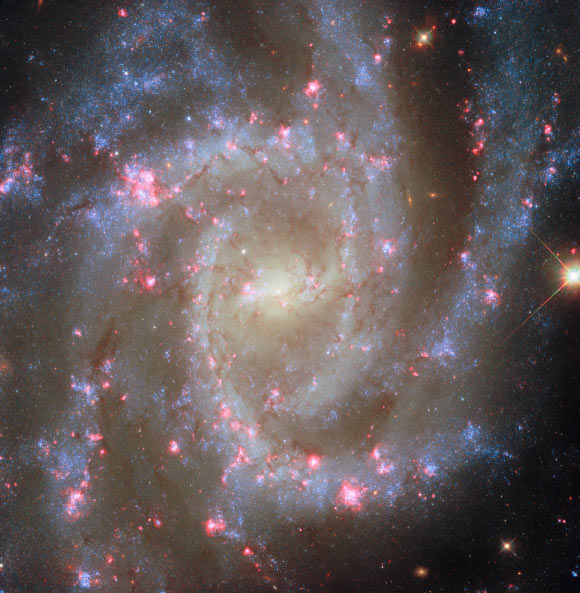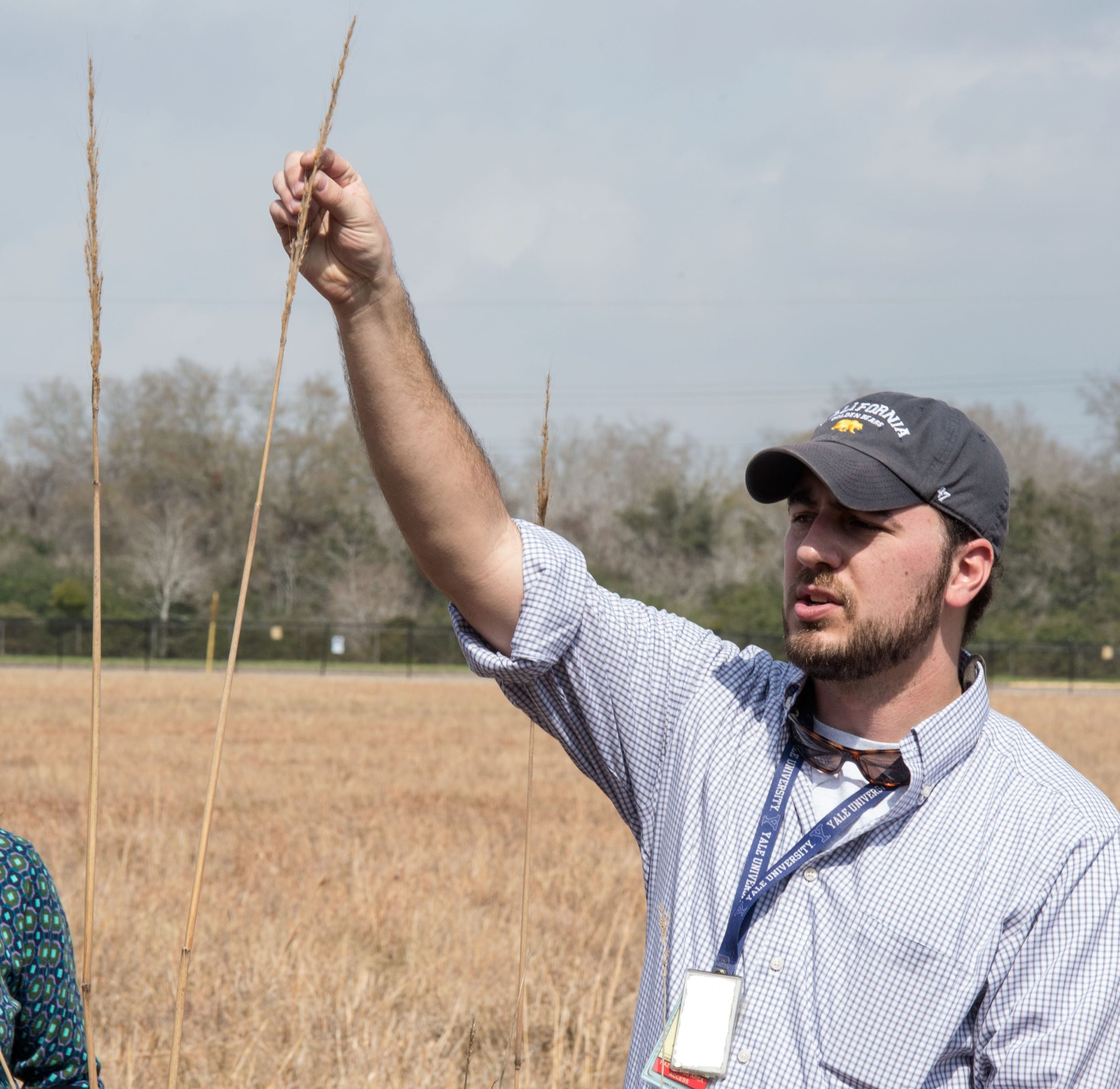Now Reading: Hubble Captures Stunning Image of Spiral Galaxy NGC 2835
-
01
Hubble Captures Stunning Image of Spiral Galaxy NGC 2835
Hubble Captures Stunning Image of Spiral Galaxy NGC 2835

Quick Summary
- NASA/ESA Hubble Space Telescope captured a new image of the spiral galaxy NGC 2835.
- NGC 2835 is located approximately 35 million light-years away in the Hydra constellation.
- The galaxy, also referred to as ESO 564-35, spans about 65,000 light-years-just over half of the Milky WayS size.
- Discovered by German astronomer Wilhelm Tempel in April 1884, it leads a small cluster including ESO 497-035 and ESO 565-001.
- At its core lies a supermassive black hole with an estimated mass between three and ten million solar masses.
- The newly released image incorporates observations in H-alpha light-a wavelength particularly useful for studying nebulae in various stages of star formation and death.
- Luminous pink H-alpha emissions mark regions within NGC 2835 where “nebulae” suggest dynamic periods of star birth and death along its spiral arms.
- This observation is part of a larger project surveying nearby galaxies to identify more than 50,000 nebulae to study interactions between stars and their surrounding neighborhoods.
Indian Opinion Analysis
NGC 2835 typifies the scientific importance of long-term astronomical surveys led by advanced tools like the Hubble Telescope.By focusing on specific wavelengths such as H-alpha light, researchers can refine our knowledge about star lifecycles across different galaxies-including how stars influence their environments through radiation or winds.
For India’s expanding space science endeavors under ISRO (Indian Space Research Organisation), such international breakthroughs serve as valuable research benchmarks while inspiring advanced missions like India’s planned space telescopes or upcoming high-energy observational projects for astrophysics studies. Collaborative access to planetary data from NASA/ESA missions could enrich India’s capability landscape while encouraging domestic strides toward interstellar discoveries consistent with global efforts.

























